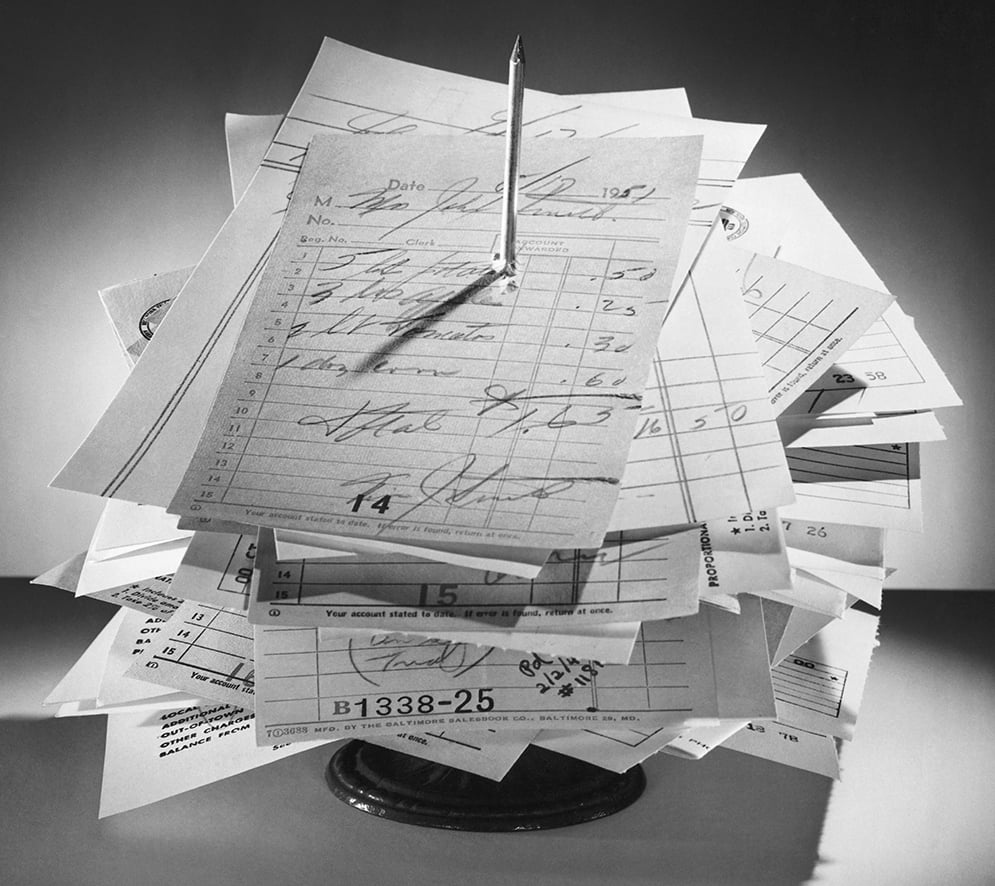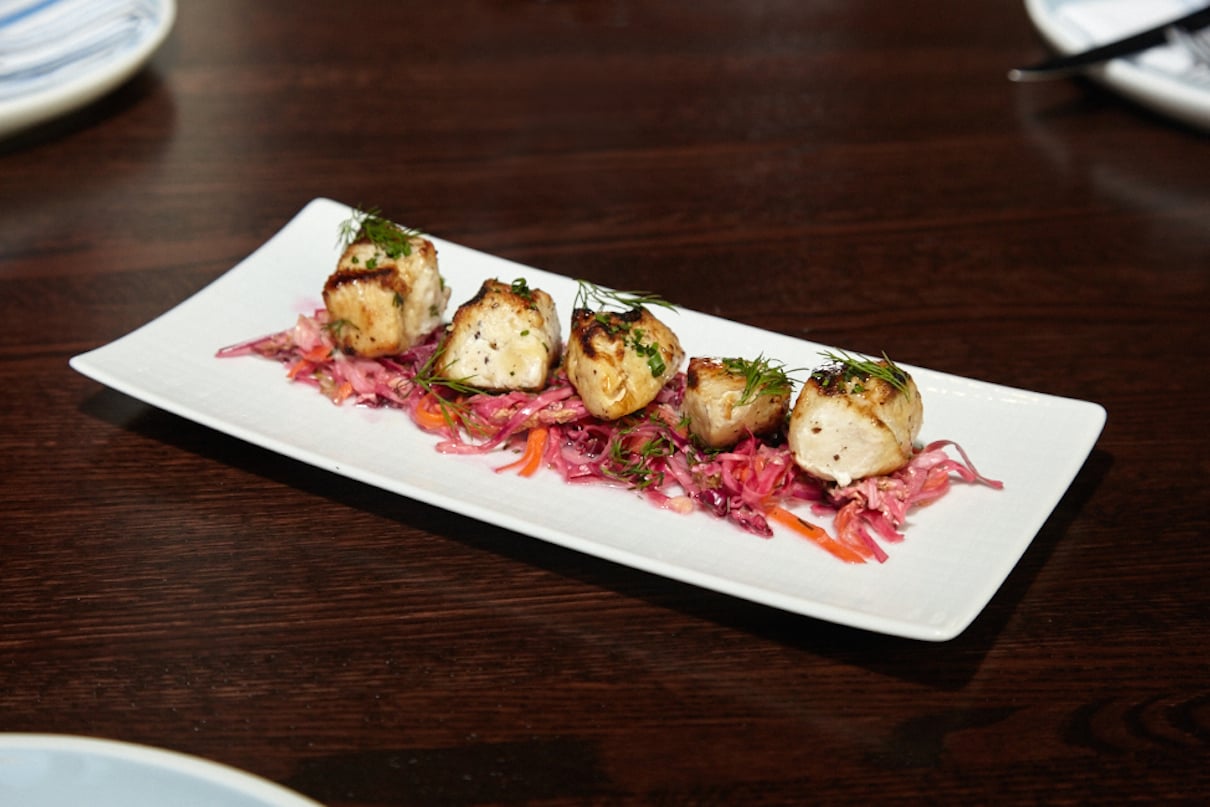In 2002 I attended a dinner party in New York with some rough-and-tumble oenophiles. Knowing they'd uncork some heavy-duty Burgundy and Bordeaux, I brought along a bottle I knew would get their blood pumping: the 1995 Dauvissat Les Clos, a Grand Cru Chablis.
The wine bowled everyone over. Burgundy critic Allen Meadows, who had recently founded Burghound.com, remembers "just how pure that wine was, with this amazing combination of white fruit and the classic green Chablis aromas. And unlike many Chardonnay-based wines, the flavors were at once rich yet beautifully defined with an intensity and oyster-shell character that makes classic Chablis unique."
This January I stood in my wine cellar with a sense of dread, cradling another bottle of my beloved Dauvissat in one hand and holding my corkscrew in the other. It was as if my report card had arrived in the mail and I didn't want to see what was inside. Popping open a wine that had previously given me such pleasure ought to have been a cause for celebration, not trepidation. But something terrible is happening to white Burgundy.
Beginning with the 1995 vintage, legendary wines that are supposed to develop and age for 20 to 30 years are dying young, succumbing to premature oxidation. Nor is the phenomenon limited to Chablis: Many fabled crus of the Côte d'Or, such as the 1995 Ramonet Bâtard-Montrachet, the 1996 Guy Amiot Puligny-Montrachet "Les Demoiselles," and the 1999 Colin-Deleger Chevalier-Montrachet, are either kaput or heading south.
When I uncorked my 1995 Dauvissat Les Clos and decanted it, I noticed that it was dark gold, then quickly realized it was prematurely aged and in decline, with undertones of rotting apricots in the finish. It wasn't "corked" in the traditional sense, nor was it heat-damaged; it was merely way too old way too soon.
How widespread is the white-Burgundy problem? It's bigger than anyone wants to admit: Anecdotal evidence suggests that as little as 30 percent or as much as 70 percent of all white Burgundies from between 1995 and 2001 are showing symptoms. It's still too early to tell about 2002s. Burgundy producers, importers, and apologists have made no concerted effort to try to figure out why so many of their expensive, pedigreed wines have become expensive, ticking time bombs. They seem to be hoping the problem will take care of itself or just go away.
To be fair, part of the difficulty is that nobody is sure what's causing the oxidation. Grappling with theories in the manner of disease hunters, the wine community is trying to piece together the mystery and has yet to reach a consensus.
The chase for a unifying theory can be downright amusing. Clive Coates recently wrote in a British wine trade journal, "The problem lies with the corks." Pierre Rovani of the Wine Advocate says, "Corks are not the issue." Allen Meadows splits the difference: "Based on what we know today, the most likely source of the problem is cork-related, though it appears this has been exacerbated by generally lower levels of SO2." (Sulphur dioxide is commonly used as a preservative in wine.) Steve Tanzer of the International Wine Cellar believes it's a combination of factors, involving corks, global warming resulting in overripe fruit, excessive stirring of the lees, and insufficient SO2.
Because there is variance within the same case of wine, the corks must be considered a suspect: In 1995 many Burgundy producers began using corks sterilized with hydrogen peroxide, which could be causing a chemical reaction in the wines. This would be a doomsday scenario because the practice is widely used today, and many of those corks are also used for the red wines (which resist oxidation better than whites and have not yet shown symptoms of widespread decline).
If you're buying white Burgundies at the retail level for long-term cellaring, be aware of the risk. There's no evidence that anything has been corrected. The top wines remain stratospherically priced, and if the problem persists, then the wine you spend megabucks on today could be a megaflop tomorrow. One wine writer, insisting on anonymity, told me he "will not buy any current-release white Burgundy" that he does not intend "to drink within a month or so of purchase."
Diners in restaurants shouldn't think twice about asking sommeliers to taste a bit of each wine before serving it.
If you're cellaring any white Burgundy from 1995 forward, the time to try a bottle is now. Realistically, there is little recourse available to the consumer so long after the money has changed hands, so unscrew your cork from its sticking place, get ready to have a good cry, and consider trying one of these less-expensive white Burgundies to help drown your sorrows.
If it's good Chablis you seek, try the 2004 Domaine de Chantemerle Chablis Premier Cru "Fourchaume," available for $25.99 at Arrowine in Arlington. A medium-bodied wine with balanced fruit, minerals, and acidic cut, it's a bit closed at this stage and could benefit from a year or two in the cellar.
More accessible now is the 2004 Louis Michel et Fils Chablis, a harmonious wine with green apples and limestone lending complexity and depth to its precocious charms; $24.99 at MacArthur Liquor in DC.
For an exercise in cross-tasting, try two wines from Rijckaert: the 2004 Saint-Véran "En Jullié" Vieilles Vignes and the Macon-Montbellet "En Pottes" Vieilles Vignes, both $22.99 at Arrowine. The Saint-Véran is lean, refreshing, and zippy, whereas the Macon-Montbellet is deeper, richer, and has a touch of botrytis. Though you might prefer one style over the other, you'll have trouble deciding which is the better wine. The good news: You don't have to.
If you're coming from the MCI Center, stop into Legal Sea Foods on Seventh Street and order a glass of Louis Latour Unoaked Chardonnay "LSF" Cuvée. Though the menu still says 2003, the 2004 has just arrived and is now being served. It defines what a good table wine should be: fresh and uncomplicated but interesting enough to get your attention. At $6.95 for a generous pour, it's a fine match with a bowl of chowder.
















